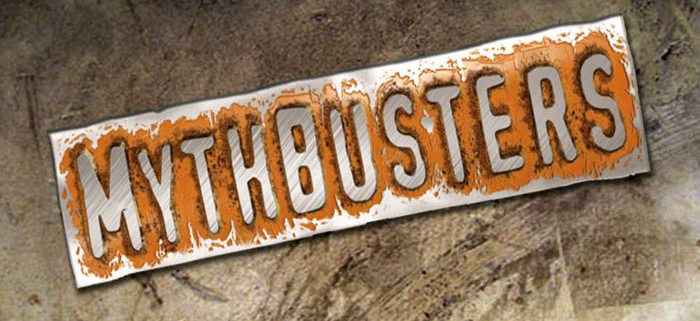Busting myths about professional lipreading
Lipreading is a vital skill that enables people who are Deaf or hard of hearing to better communicate with others. Professional lipreading is a level beyond that, using a speaker’s lip movements, facial expressions, and body language to interpret what they are saying for a third party.
There are, however, many myths and misconceptions about professional lipreading that need to be addressed. In this article, we will debunk some of the more common myths and reveal the truth about lipreading.
Myth: Anyone can become a professional lipreader
No, they can’t. Professional lipreading is a specialised skill that requires extensive training, practice, and experience. It’s akin to learning a new language; some people will take to it, while others will never get the hang of it no matter how long they practice.
And it’s not a skill that can be acquired overnight. While some people may be better at lipreading than others, professional lipreaders undergo rigorous training to learn how to interpret lip movements accurately, and they must develop excellent concentration, memory, and attention to detail.
If you would like to learn to lipread, there are online courses you can take, including this one from lipreading.org.
Myth: Lipreading is a foolproof communication method
While lipreading can be an effective communication method, it is not foolproof.
Lipreading is affected by several different things, including the speaker’s lip movements, the context of the conversation, the lighting, background noise, and the lipreader’s skills and experience. Even the most skilled lipreaders can only understand about 30% of what is being said, and they rely on other cues, such as facial expressions and body language, to fill in the gaps.
Myth: Professional lipreading is only useful for the Deaf and hard of hearing.
While professional lipreading is essential for the Deaf and hard of hearing, it can also be useful in other contexts. For example, professionals who work in noisy environments, such as pilots, bartenders and sports coaches, may use lipreading to communicate effectively. Lipreading can also be used in situations where speaking out loud is not possible, such as during a medical procedure or a theatre performance.
Myth: Professional lipreading is a dying skill.
While technological advancements, such as hearing aids and speech-to-text software, have reduced the demand for professional lipreading, it is still a valuable and in-demand skill.
Professional lipreaders work in various settings, such as hospitals, schools, courtrooms, and media production studios. With the rise of remote communication, such as video conferencing and online learning, the demand for professional lipreading will likely increase.
For professional lipreading, call us
121 Captions founder and Managing Director Tina Lannin is the UK’s foremost lip reader.
Having worked with many famous names such as the BBC, Al-Jazeera, and Disney, plus national newspapers and government agencies, Tina has provided training courses and talks at conferences across the Middle East and in the UK on captioning, lip-reading, and communication solutions for deaf people.
As a forensic lip reader, Tina has been hired for such prestigious events as the Royal Wedding of the Duke and Duchess of Cambridge for Sky News and the Royal Wedding of Prince Harry and Meghan Markle for the BBC.
If you need a professional lipreader, then you’ve found the best in the business Contact us today for more information.




Leave a Reply
Want to join the discussion?Feel free to contribute!